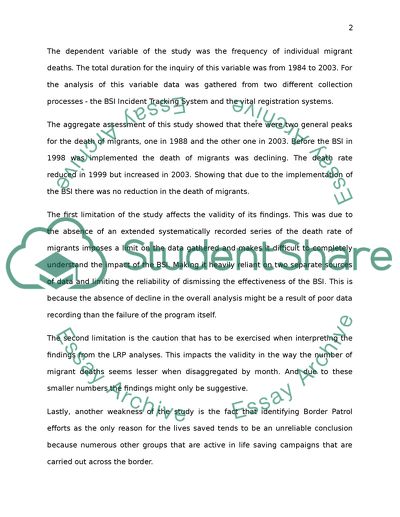Cite this document
(An Impact Evaluation of Life Saving Efforts under the Border Safety In Book Report/Review, n.d.)
An Impact Evaluation of Life Saving Efforts under the Border Safety In Book Report/Review. Retrieved from https://studentshare.org/law/1771606-research-critique-instructions-provided-3-articles-with-specific-qiestions
An Impact Evaluation of Life Saving Efforts under the Border Safety In Book Report/Review. Retrieved from https://studentshare.org/law/1771606-research-critique-instructions-provided-3-articles-with-specific-qiestions
(An Impact Evaluation of Life Saving Efforts under the Border Safety In Book Report/Review)
An Impact Evaluation of Life Saving Efforts under the Border Safety In Book Report/Review. https://studentshare.org/law/1771606-research-critique-instructions-provided-3-articles-with-specific-qiestions.
An Impact Evaluation of Life Saving Efforts under the Border Safety In Book Report/Review. https://studentshare.org/law/1771606-research-critique-instructions-provided-3-articles-with-specific-qiestions.
“An Impact Evaluation of Life Saving Efforts under the Border Safety In Book Report/Review”, n.d. https://studentshare.org/law/1771606-research-critique-instructions-provided-3-articles-with-specific-qiestions.


